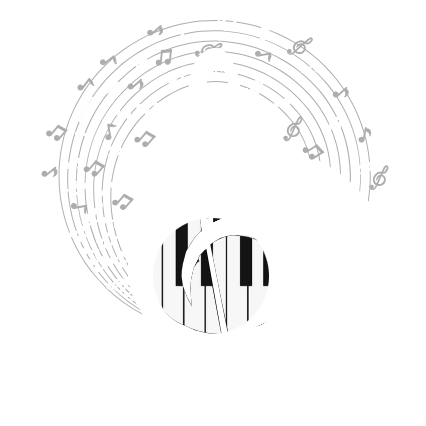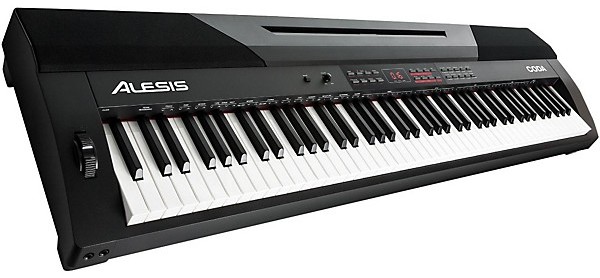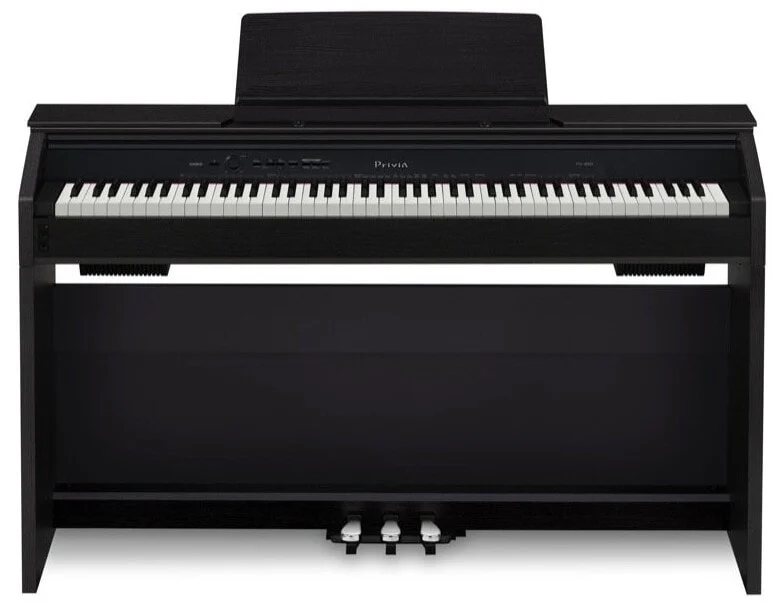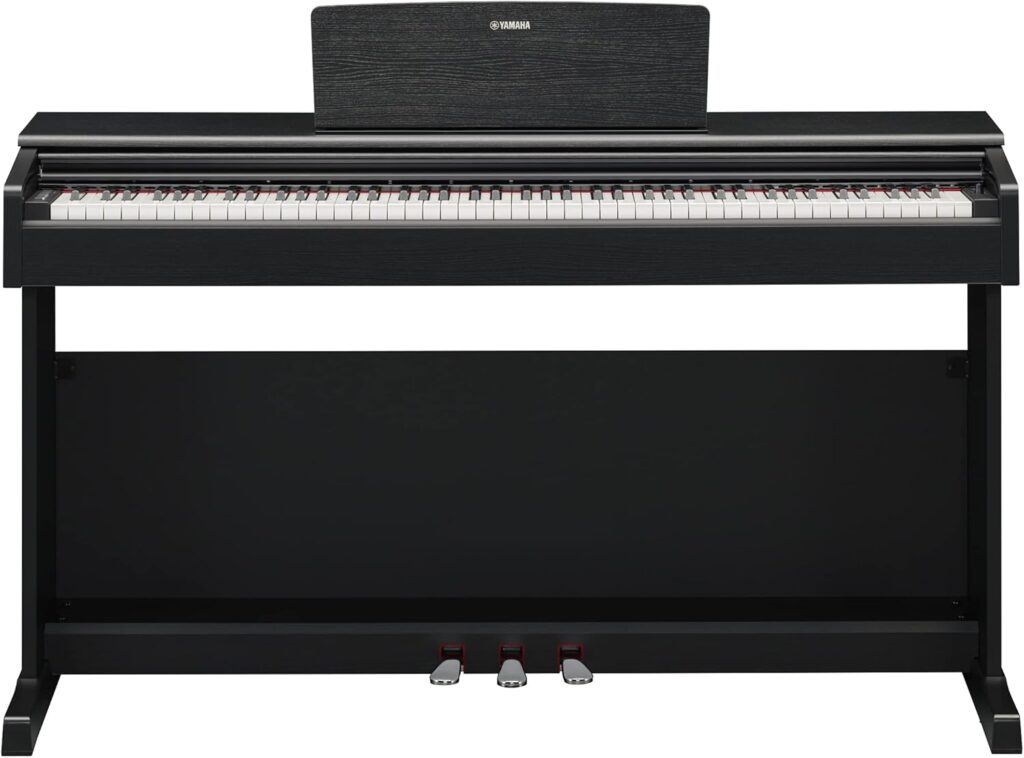Discover Which Key Type Feels More Natural for Your Playing Style
Weighted vs semi-weighted keys are two of the most common key actions you’ll find on digital pianos and MIDI controllers. If you’re wondering which one is right for you, it comes down to your playing style, goals, and budget. Weighted keys mimic the feel of an acoustic piano, while semi-weighted keys strike a balance between piano realism and lighter playability. This guide compares both so you can make the best choice.
What Are Weighted Keys?
Weighted keys are built to imitate the feel of an acoustic piano. They usually use hammer-action or graded hammer-action systems that make lower keys feel heavier than higher ones.
What Are Semi-Weighted Keys?
Semi-weighted keys add light resistance with springs and weights. They offer more touch response than synth keys but don’t match the full weight of a piano.
How Key Action Affects Your Playing Experience
Why Key Feel Matters
Whether you’re learning, performing, or producing, how the keys respond changes everything—expression, accuracy, and even how long you practice.
The Role of Muscle Memory
Fully weighted keys help build muscle memory that transfers seamlessly to acoustic piano, strengthening finger technique and dynamics.
Features of Fully Weighted Keys
How They Work
These keys use a physical mechanism to offer real resistance, closely simulating acoustic piano touch.
Key Benefits
- Authentic piano-like response
- Encourages good hand positioning
- Excellent for developing control
Potential Drawbacks
- Can feel heavy to beginners
- Less ideal for fast synth runs
- Often adds weight to the keyboard
Features of Semi-Weighted Keys
How They Work
They use a combination of springs and light weights, offering moderate resistance without the full heft of hammer action.
Key Benefits
- Easier on the fingers
- Smooth playability across genres
- Ideal for casual practice and composing
Potential Drawbacks
- Lacks acoustic piano realism
- Not great for technique development
- May feel too springy for some players
Weighted vs Semi-Weighted: Side-by-Side Comparison
Feel and Response
Weighted: More resistance, like a grand piano.
Semi-weighted: Softer resistance, quicker return.
Best Use Cases
Weighted: Great for classical or formal training.
Semi-weighted: Perfect for producers, hobbyists, and gigs.
Portability
Weighted: Usually heavy and bulky.
Semi-weighted: Lightweight and easy to move.
Budget
Weighted: Higher price for better realism.
Semi-weighted: Affordable with good playability.
What Is Graded Hammer Action?
Breaking It Down
Graded hammer action means keys feel heavier on the low end and lighter on the high end—just like an acoustic piano.
Is It Essential?
If realism is your goal, yes. Otherwise, it’s a nice bonus rather than a necessity.
Beyond Weighted and Semi-Weighted: Other Key Actions
Synth-Action Keys
They’re light and springy—fantastic for synths and organ work, but terrible for training proper piano technique.
Hammer vs Graded Hammer
Hammer-action gives even resistance.
Graded hammer adds nuance by scaling the weight across the keys.
How to Choose the Right Key Action for You
Ask Yourself These Questions
- Are you practicing classical piano or producing tracks?
- Do you need portability?
- What’s your budget?
- Is piano realism a must?
Beginner Tip
If you’re unsure or just exploring, semi-weighted keys offer a great middle ground without the commitment.
When to Choose Weighted Keys
Ideal For:
- Classical and jazz players
- Serious learners
- Home setups where realism matters
Recommended Models
- Yamaha P-125
- Roland FP-30X
- Kawai ES120
When to Choose Semi-Weighted Keys
Ideal For:
- Multi-genre producers
- Gigging musicians
- Beginners who want flexibility
Recommended Models
- Arturia KeyLab
- Alesis VI series
- M-Audio Oxygen Pro
Key Action Isn’t Everything—But It’s Important
Other Specs to Consider
- Number of keys (61 vs 88)
- MIDI/USB connectivity
- Aftertouch and velocity sensitivity
- Sound engine and polyphony
What Real Players Say About Each Option
Pianists
“I love the weighted keys for building control and dynamic range. Feels like my upright.”
Producers
“Semi-weighted lets me bounce between piano, pads, and synths without feeling bogged down.”
Pros and Cons Recap
Weighted Keys
Pros
- Best for technique
- Feels like an acoustic piano
- Responsive to dynamics
Cons - Heavier
- Expensive
- Not ideal for synth work
Semi-Weighted Keys
Pros
- Lightweight and portable
- Affordable
- Easy for beginners
Cons - Less expressive
- May not prepare you for acoustic pianos
Still Unsure? Try Them In Person
Hands-On Makes the Difference
Your fingers will instantly tell you what feels right. If you’re stuck, try both in a music store and listen to your hands.
Conclusion: Go With What Feels Right
Your choice comes down to your goals. If you’re pursuing formal training or want piano authenticity, go weighted. If you’re into versatility and comfort, semi-weighted has your back. Either way—make sure it feels good under your fingers.
FAQs
- Are semi-weighted keys good for beginners?
Yes! They’re light, easy to play, and less intimidating for new learners. - What makes weighted keys better for classical music?
They replicate the feel of an acoustic piano, helping develop finger strength and precision. - Is graded hammer action worth it?
If you’re serious about piano playing, yes. It brings a realistic touch to digital pianos. - Can I produce music with a fully weighted keyboard?
You can—but it might be less responsive for synth-heavy or rhythmic playing. - Do semi-weighted keyboards support velocity sensitivity?
Most do! You can still play with dynamics, just not as deeply as with weighted keys.



